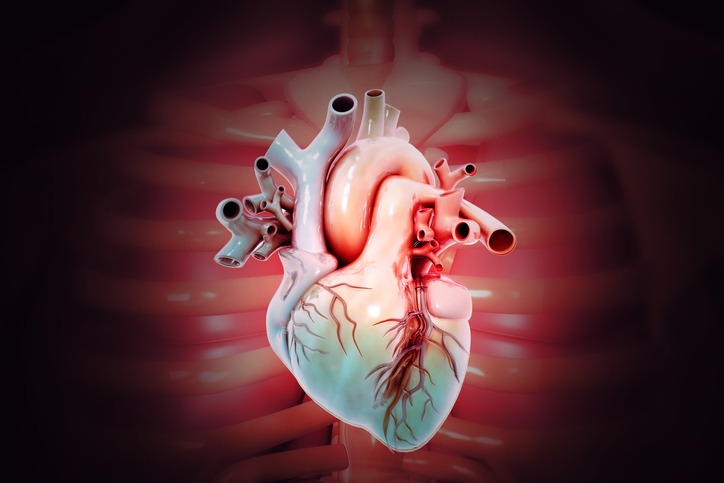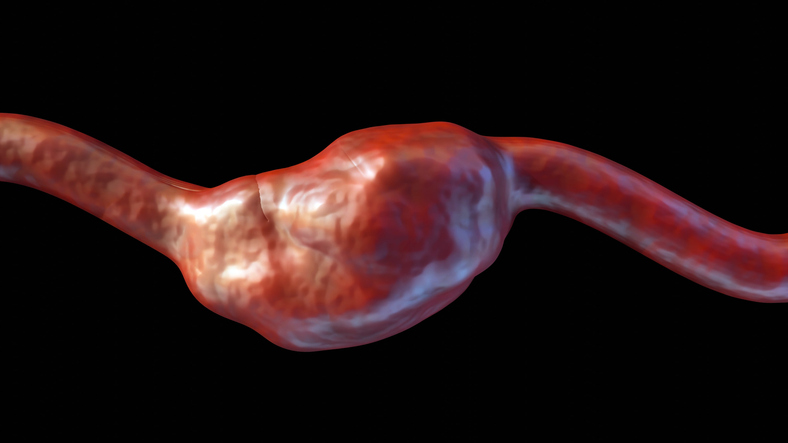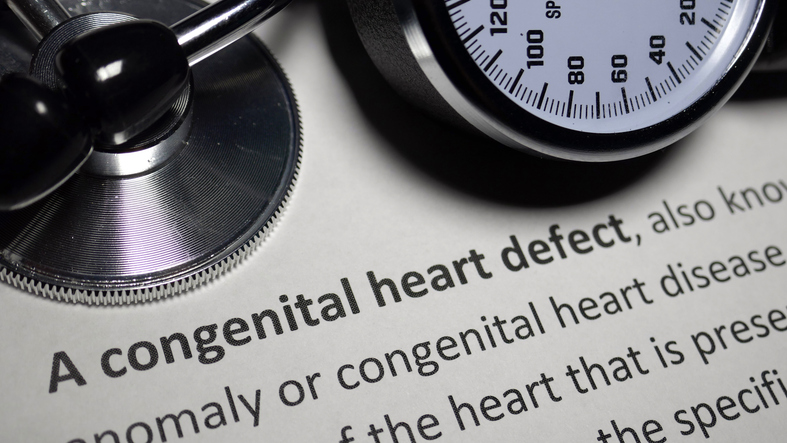
The REPAIR (REgistry of PAscal for mItral Regurgitation) study offers the most comprehensive real-world assessment to date of outcomes after mitral transcatheter edge-to-edge repair (TEER) using the PASCAL system. As the mitral TEER landscape continues to evolve, device iteration and procedural refinement are critical to improving procedural success and durability of mitral regurgitation (MR) reduction, especially in high-risk populations.
This investigator-initiated, multicenter registry included 2,165 patients treated at 14 German centers between 2019 and 2024. The mean age was 78 ±10 years, with 44% women and 85% in New York Heart Association (NYHA) functional class III/IV. Patients underwent mitral TEER with 1 of 3 iterations of the PASCAL system: the original P10, the P10 with the narrower Ace implant (P10/AceGen1), or the P10/Ace with the Precision delivery system (P10/AcePrec). The etiology of MR was primary in 47% and secondary in 52% across the groups. The primary end point was MR reduction to ≤1+ at discharge; secondary end points included technical success, reintervention rates, and durability of MR reduction at 30 days, 1 year, and 2 years.
Technical success was high and consistent across groups, achieved in 97.0% overall. MR reduction to ≤1+ at discharge was observed in 71.8% of patients and improved significantly across device iterations: 66.1% in P10only, 73.0% in P10/AceGen1, and 76.5% in P10/AcePrec (P<0.001). Procedural safety was excellent, with a 30-day major adverse event rate of 5.8% and no procedural deaths. Reintervention rates were low but increased over time, with cumulative rates of 2.1% at 30 days, 3.7% at 1 year, and 4.5% at 2 years.
Durability of MR reduction showed modest attrition over time, with freedom from MR >1+ decreasing from 78.4% at 1 year to 67.0% at 2 years. Durability varied by MR etiology; patients with secondary MR (SMR) experienced more stable outcomes than those with primary MR (PMR), suggesting a potential role for disease progression and anatomical complexity in durability. Functional status improved significantly, with 64.9% of patients in NYHA functional class I or II by 30 days, and this benefit was largely maintained at 1 and 2 years.
The REPAIR registry demonstrates that iterative refinements to the PASCAL system have enhanced procedural outcomes without compromising safety. Improvements in operator experience and imaging quality also likely contributed to this. Although early MR reduction rates are encouraging, durability remains an area for improvement, particularly in patients with PMR. These findings underscore the need for tailored device selection, ongoing procedural refinement, and longitudinal follow-up in mitral TEER. Future analyses focusing on anatomical complexity and operator experience will be key to optimizing outcomes in this expanding field.
Reference
von Stein P, Stolz L, Haurand JM, et al. Outcomes and impact of device iterations in mitral valve transcatheter edge-to-edge repair: the REPAIR study. JACC Cardiovasc Intv. 2025;18(5) 573-586. doi: https://doi.org/10.1016/j.jcin.2024.11.016







 © 2025 Mashup Media, LLC, a Formedics Property. All Rights Reserved.
© 2025 Mashup Media, LLC, a Formedics Property. All Rights Reserved.